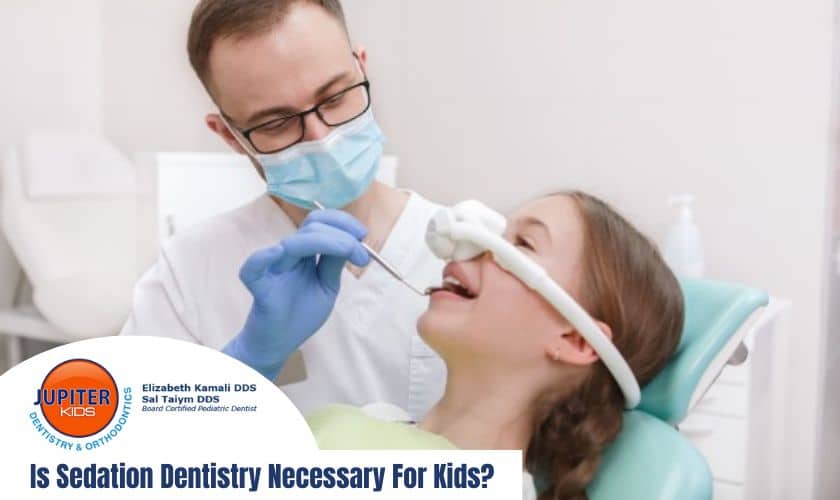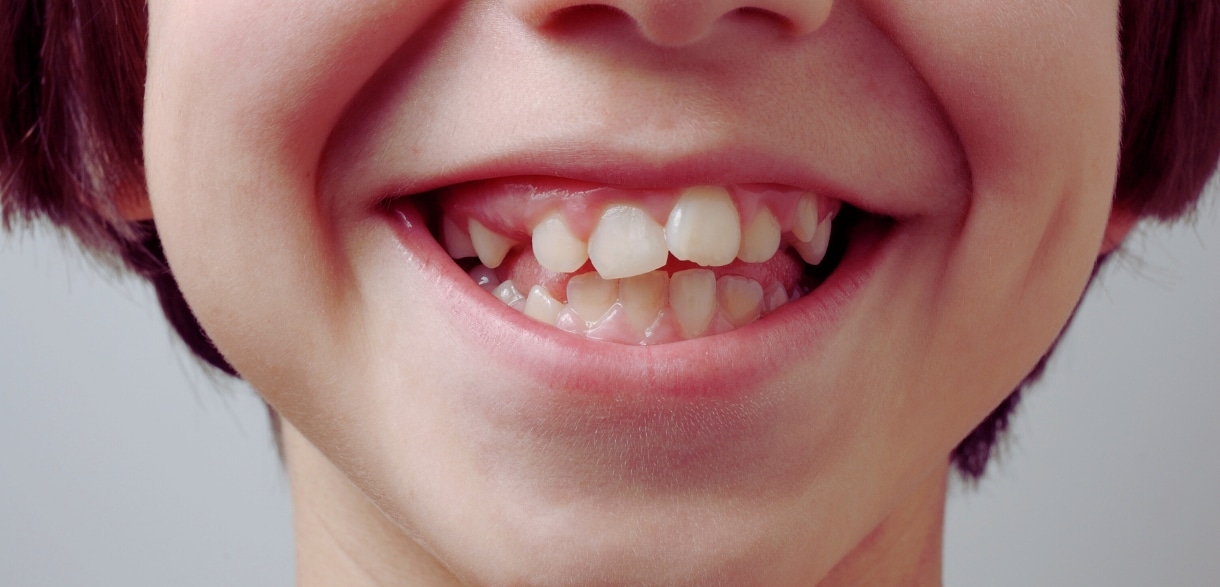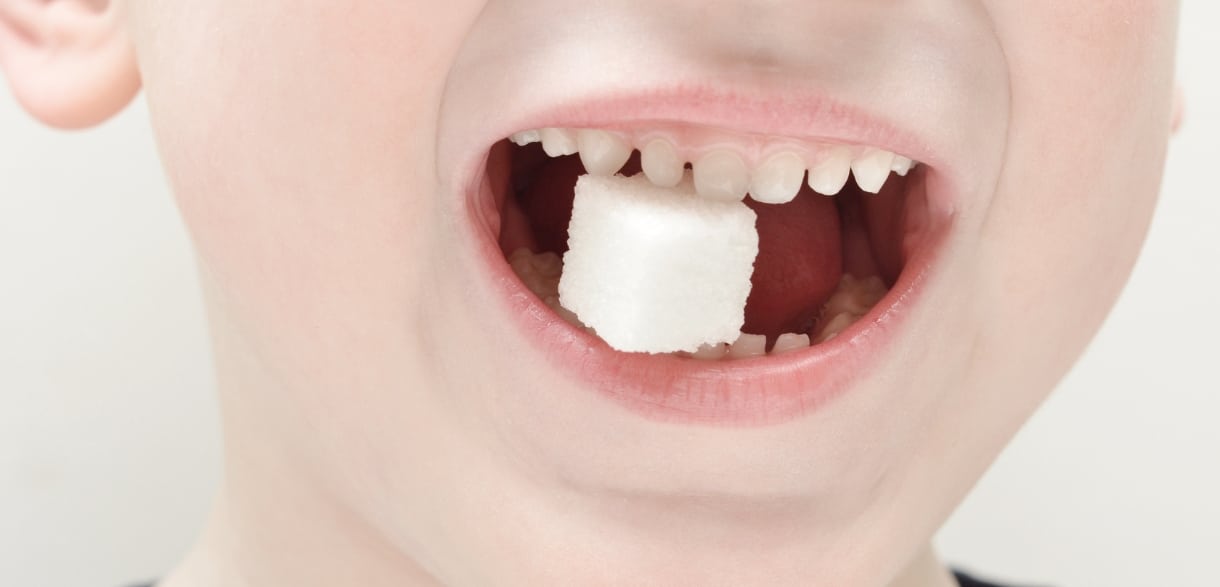Is Sedation Dentistry Necessary For Kids?

Some children have dental anxiety. They hesitate to get treated by dentists, which hinders their treatment.
There is a way to solve this problem.
Sedation dentistry helps apprehensive children relax during a dental procedure by alleviating their fear and helping them relax. It is a way to calm the child just enough to allow the dentist to perform their procedure
When Is Sedation Dentistry For Kids Recommended?
Sedation dentistry is used as a tool for those with anxiety issues during their dental treatment. Sedation is also used when several procedures must be done in a single sitting. A strong gag reflex in the child is solved by sedation dentistry.
What types of sedation dentistry are available for children?
Nitrous Oxide (Laughing Gas)
Nitrous oxide (or laughing gas) is the most common method in sedation dentistry. It is safest for children who have mild anxiety. It is administered through a mask placed over the face, and the child can breathe it easily. They will feel its effects as soon as 30 seconds. The patient remains conscious during the procedure.
Nitrous oxide wears off quickly compared to other forms of sedation used in dentistry. Sometimes, the dentist might need to administer some other type of sedation if nitrous oxide is not enough to calm them.
Oral Sedation
Oral sedation is taken in pill or liquid form. It’s given based on the child’s weight and can range from mild to moderate sedation. It takes 45 minutes to one hour for the sedative to take effect. With moderate sedation, the patient cannot remember anything even though they are awake.
Patients with high levels of anxiety benefit from oral sedation. They become sleepy to the point of falling asleep. The equipment monitors the patient’s blood pressure, heart rate, and breathing.
Oral sedation is safe for children. You must keep the child at home for the rest of the day, as they will likely be sleepy after the procedure.
Intravenous (IV) Sedation
Intravenous (IV) sedation is another way of sedating a patient. IV sedation line provides a steady flow of medicine. General anesthesia is used for IV sedation.
Patients who need significant oral surgery or those who are very apprehensive to get other types of sedation need IV sedation. The patient is unconscious during their treatment. It is administered by an anesthesiologist who monitors the child’s vitals. IV sedations/general anesthesia are performed at Children’s hospital.
The Bottom Line
Sedation in children is recommended for children who are either apprehensive or those who require extensive treatment. Talk to your dentist thoroughly about the effects of sedation on your child and the kind that would be best for them. It is better to take precautions and administer sedation to ensure the child has a good experience during dental treatment.


